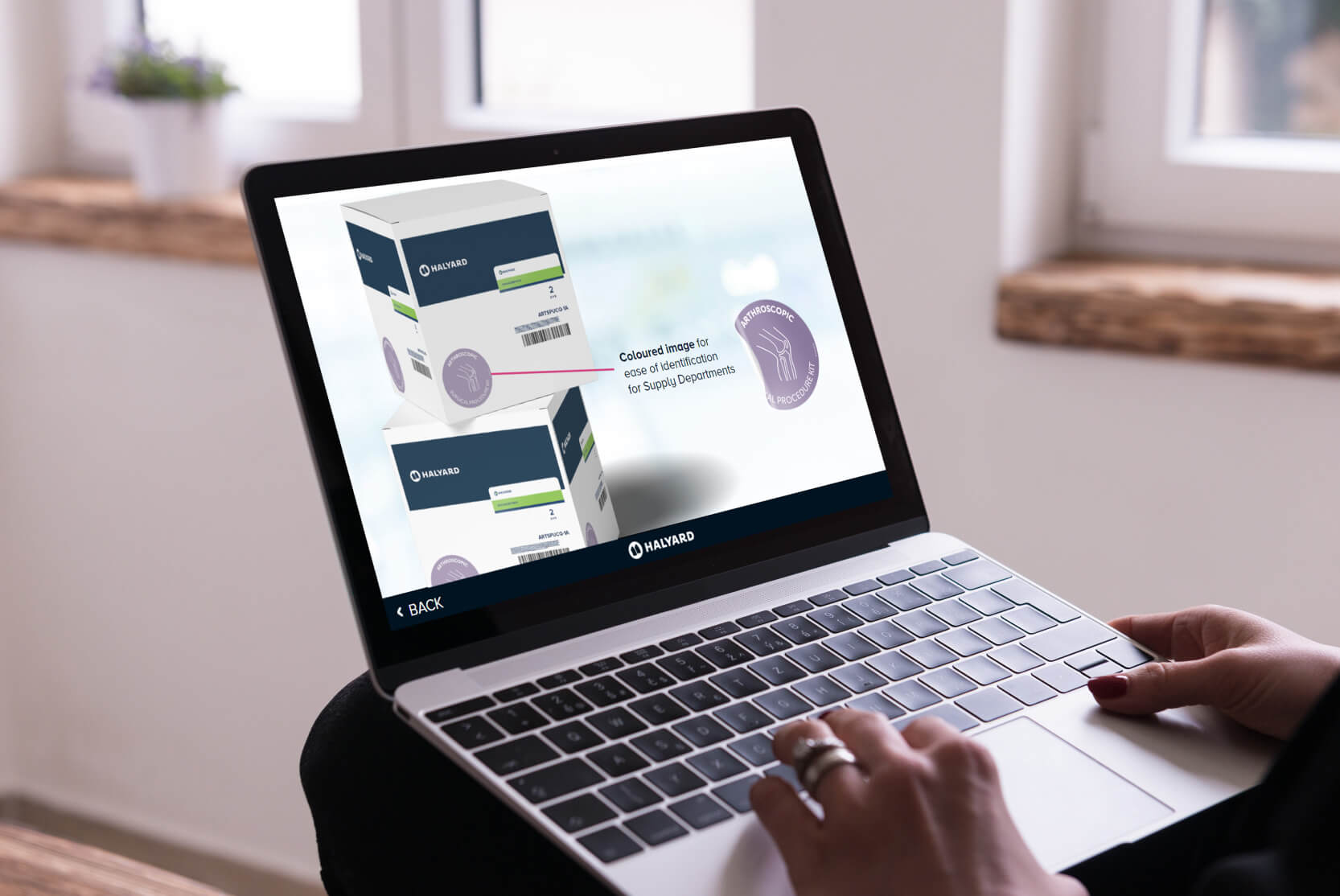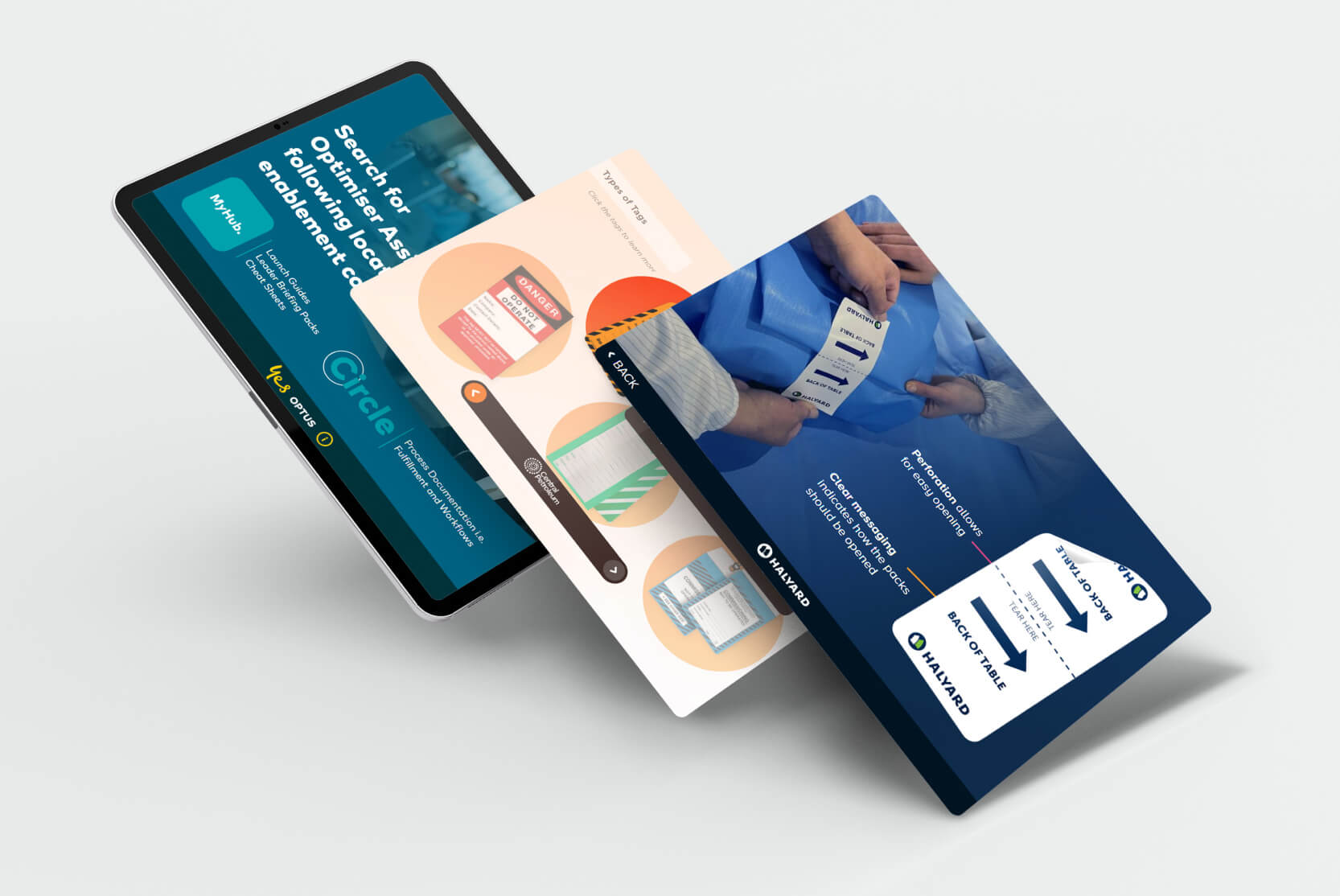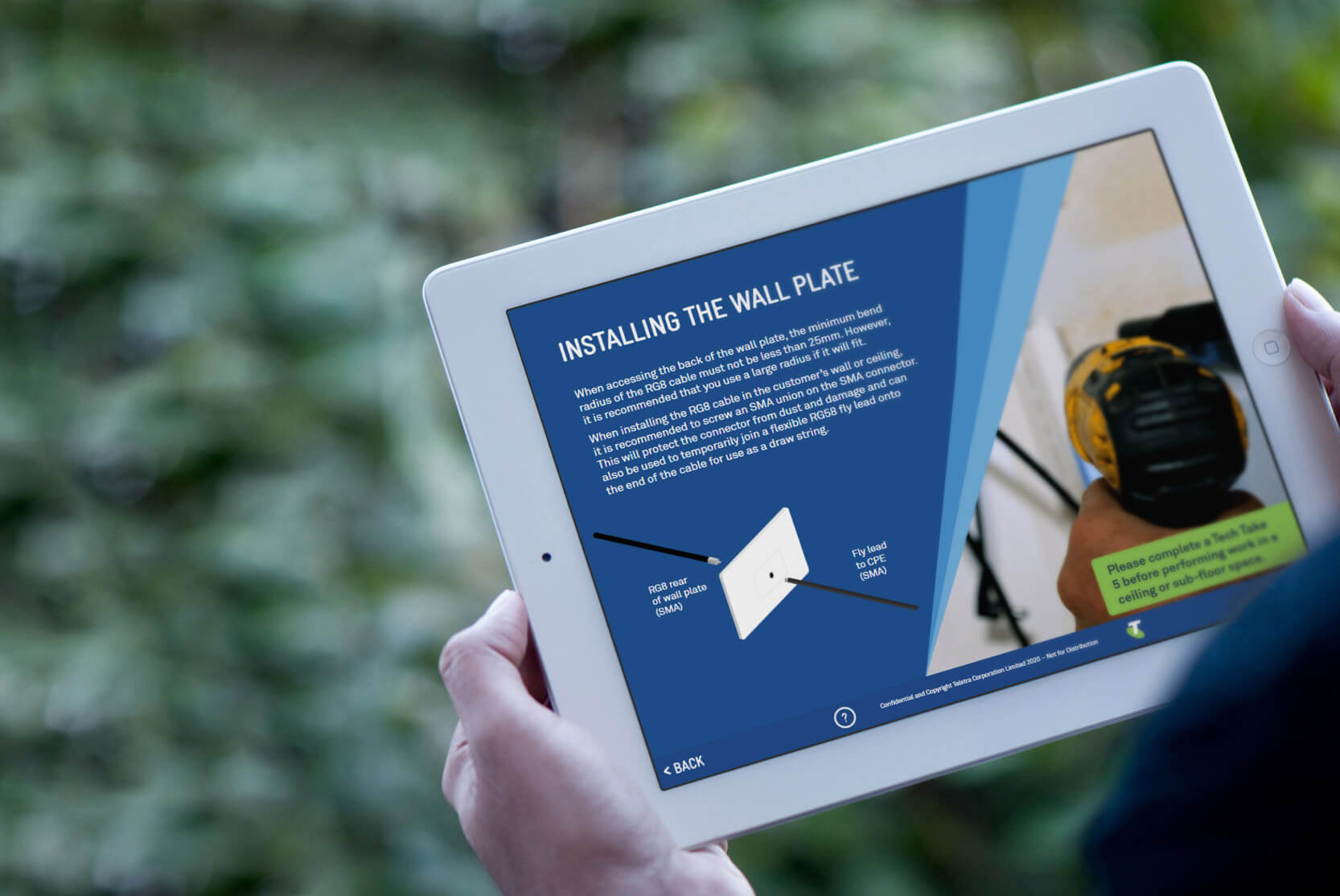Understanding eLearning and Instructional Design
eLearning and instructional design work together to create engaging and effective training solutions for organisations of all sizes. In particular, eLearning provides the platform to deliver digital content, while instructional design ensures that the content is structured, interactive, and relevant. Together, they create learning experiences that employees can apply in their daily work. Instructional design considers objectives, audience requirements, and desired outcomes. As a result, it transforms online content into meaningful experiences that improve knowledge retention and encourage skill application. Additionally, it incorporates learning preferences, accessibility, and engagement techniques. In other words, this approach ensures training is inclusive, memorable, and motivating. When applied properly, learners feel supported, confident, and capable of using their new skills immediately, which ultimately benefits the organisation.
Why eLearning and Instructional Design Matter
Implementing eLearning without instructional design often leads to disengaged learners and minimal impact on performance. Instructional design adds structure, strategy, and engagement to digital learning. Consequently, courses become meaningful, coherent, and effective. By creating clear learning paths and adding interactive elements, training becomes a tool that drives measurable business results. Employees gain confidence while progressing through relevant content. Moreover, instructional design addresses diverse learning styles, making training inclusive and maximising retention. It ensures knowledge is transferred from the digital platform to practical applications at work. In short, training becomes a carefully designed process that supports compliance, performance, and workforce development rather than a box-ticking exercise.

How eLearning and Instructional Design Work Together
Instructional designers collaborate with subject matter experts, stakeholders, and learners to create well-structured experiences. eLearning platforms provide the technology to deliver these experiences efficiently and at scale. For example, technical training can become scenario-based modules with interactive exercises, simulations, and assessments. Instructional design ensures each element has a clear purpose, while eLearning allows learners to access content anytime. As a result, the combination delivers a seamless, engaging, and measurable learning journey. Designers also include ways to check understanding, give feedback, and reinforce skills. Meanwhile, eLearning tracks progress and performance. Together, they make training accessible, consistent, and highly effective for all teams and locations. Learners gain confidence, organisations see tangible benefits, and training delivers real value.
Top Benefits of eLearning and Instructional Design
2. Enhanced Skill Development
Employees gain practical skills through realistic scenarios. eLearning combined with instructional design lets learners practise tasks, make decisions, and solve problems, which means that retention improves significantly over time.


3. Consistent Learning Experience
Every employee receives the same high-quality content. eLearning platforms deliver structured modules, while instructional design ensures content is relevant and aligned with company standards.
4. Reduced Training Costs
Digital learning lowers the need for in-person sessions, printed materials, and travel. Instructional design optimises content efficiency, ensuring every training investment adds value.


5. Actionable Insights and Analytics
eLearning tracks performance and progress. Instructional design uses this data to improve courses, address gaps, and measure the real impact of learning on business results.
Designing Interactive Learning Experiences
Interactive learning keeps employees engaged and helps them retain information. In particular, simulations, branching scenarios, quizzes, and multimedia let learners actively participate. eLearning platforms make it easy to deliver these experiences at scale. Instructional design ensures each interactive element supports objectives, builds critical thinking, and mirrors workplace scenarios. Learners can experiment safely, make decisions, experience consequences, and apply knowledge meaningfully. As a result, confidence and problem-solving skills increase. Furthermore, immersive learning fosters a culture of curiosity and continuous development, motivating employees to return to training regularly.
Blending eLearning With On-the-Job Practice
Effective training combines digital modules with real-world application to create lasting impact. eLearning provides knowledge, while guided practice, coaching, and hands-on tasks reinforce skills. Instructional design ensures objectives translate into real actions. Employees apply what they learn, receive feedback, and develop competence in real situations. Consequently, retention improves, skill acquisition accelerates, and operational efficiency increases. In addition, this approach encourages reflection and adaptation, helping employees grow as their roles evolve. Combining eLearning with practical tasks creates a complete learning experience that directly impacts performance and results.
Adapting Training to Changing Workforce Needs
Organisations evolve, and training must adapt. Instructional design makes eLearning flexible and responsive. Content can be updated, modules restructured, or new learning paths created without disrupting workflows. This means that training remains relevant and aligned with organisational goals. By continuously adapting learning, companies maintain an agile, skilled team capable of meeting challenges. Moreover, it fosters a proactive learning culture, preparing employees for change. This approach ensures training stays effective and helps organisations respond quickly to new technologies, regulations, or priorities.
Partner With Experts to Maximise Impact
Working with instructional design experts ensures eLearning delivers measurable results. Experts analyse goals, craft learner-centred experiences, integrate interactivity, and set up analytics to track success. Therefore, training is engaging, effective, and aligned with business objectives. Partnering with Simply eLearning provides access to proven methods, innovative content solutions, and actionable insights.
Connect with Simply eLearning today to see how eLearning and instructional design can transform your training, empower your workforce, and deliver real, lasting organisational impact.



